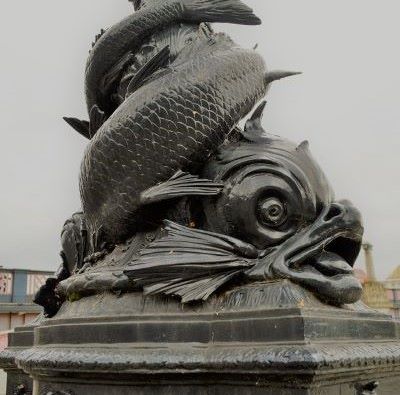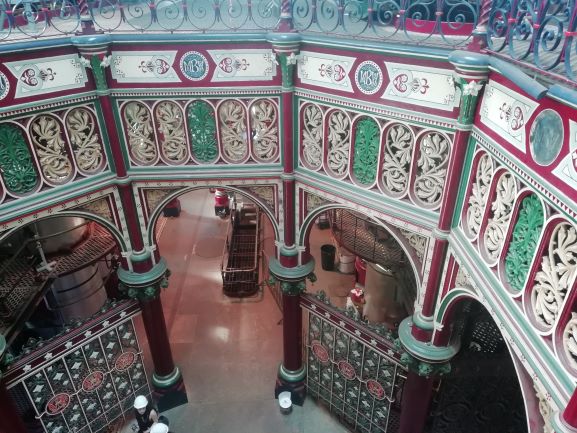
A new walk! Trafalgar Square to Buckingham Palace. Yes, you might even see the pelicans, a gift from the Russian ambassador in 1664 and still going strong today. The story goes that when a pelican dies we make a quick call to Vladimir for a replacement. Not sure this tradition continues at present.
The new walk introduces you to fabulous buildings in the area, their occupants and the stories that go with them. Plus landmarks and their significance.
We cover 500 years of Westminster history giving you a fresh appreciation of the area and a more detailed awareness of the history of monarchy.
No set dates as yet. If you are interested simply email: info@walkinglondonhistory and we can organise a private tour to suit your schedule. Minimum two guests.
The previous blog was about a lucky escape. It referred to the Duke of York, the future James II who survived the 1682 shipwreck of the ‘Duke of Gloucester’ about 30 miles off the coast from Great Yarmouth. The man who chose to board a different ship was none otehr then Samuel Pepys.





